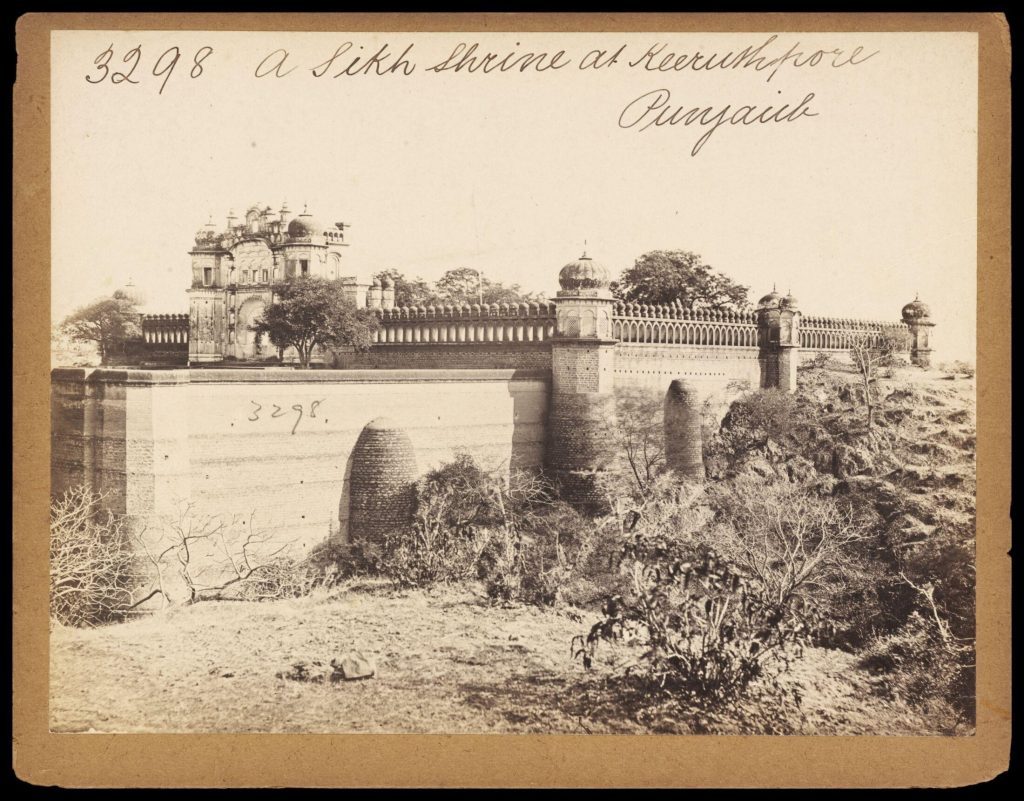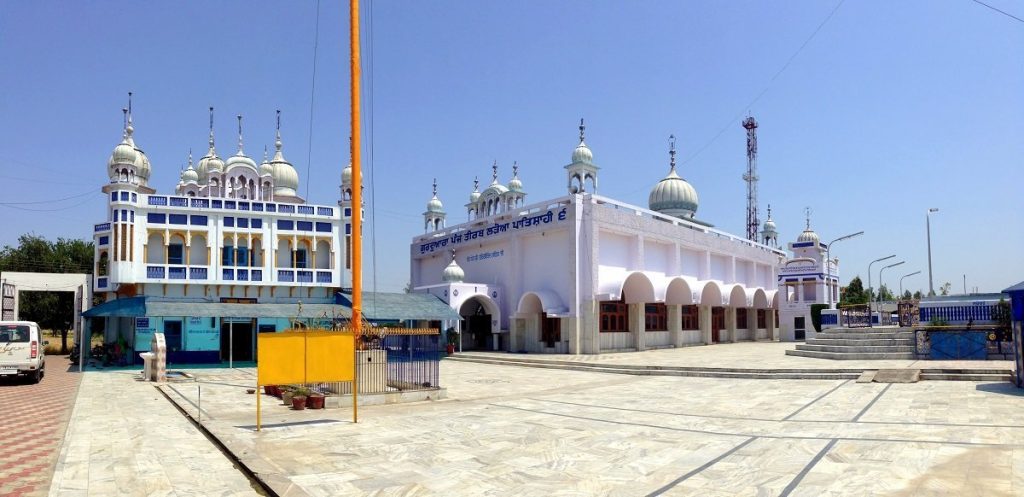Explore the historical shrines of Kiratpur Sahib, founded by Baba Gurditta, and delve into its rich Sikh legacy amidst the serene Sivalak foothills.
Discover Katana Sahib village near Ludhiana, home to Gurdwara Patshahi, honoring Guru Gobind Singh's journey and spiritual heritage.
Explore Kartarpur's rich history, from its furniture industry roots to sacred sites like Gurdwara Thamm Sahib, established by Guru Arjan. Visit today!
Explore Jhanda Ramdas, a village in Punjab honoring Baba Buddha, with three historic gurdwaras marking Guru Hargobind's visit and Baba Buddha's legacy.
Discover the historic Gurdwara Panj Tirath in Jandu Singha, near Jalandhar, commemorating Guru Hargobind's visit and featuring a serene sarovar.
Visit Mandi Gobindgarh's historic Gurdwara Sri Guru Hargobind Sahib Ji, a beautiful shrine with rich history, managed by the Shiromani Gurdwara Parbandhak Committee.
Explore the legacy of Bhai Banvali and Paras Ram, who provided free care and preached Guru Hargobind's teachings emphasizing holy congregations.
CHAKAR, village 17 km south of Jagraon (30° 47`N, 75° 28`E), in Ludhiana district, is sacred both to Guru Hargobind and Guru Gobind Singh. Guru Hargobind passed through here in the course of his tour of the Malva in 1631-32 and Guru Gobind Singh at the end of 1705 after the battle of Chamkaur. The Gurdwara Guru Sar Patshahi VI and X, an imposing structure, is situated at the northwestern corner of the village. Constructed during the 1970`s, it is a large square hall with a square sanctum at the far end.






